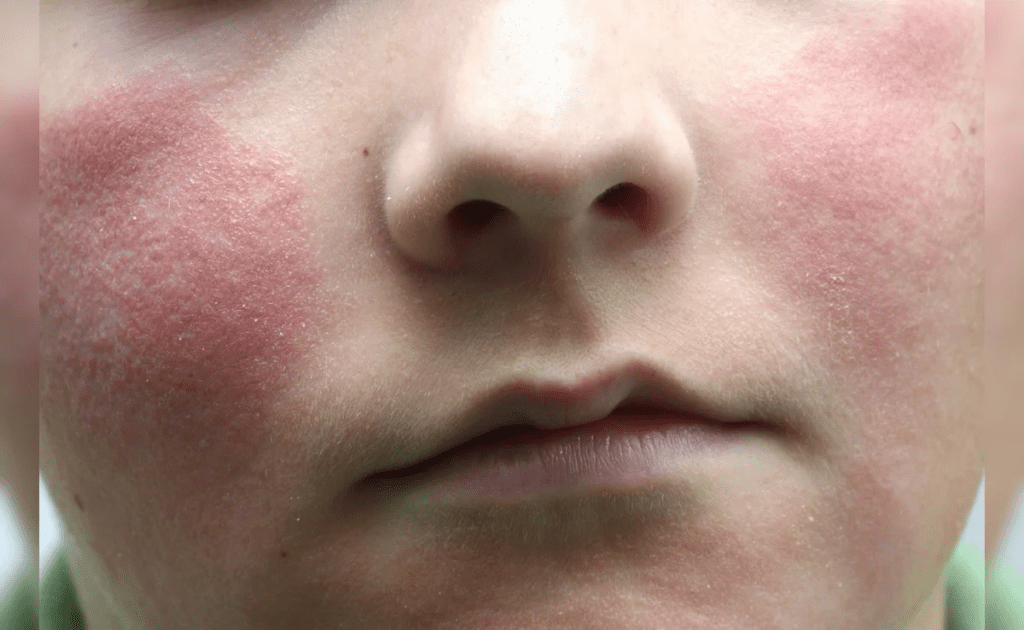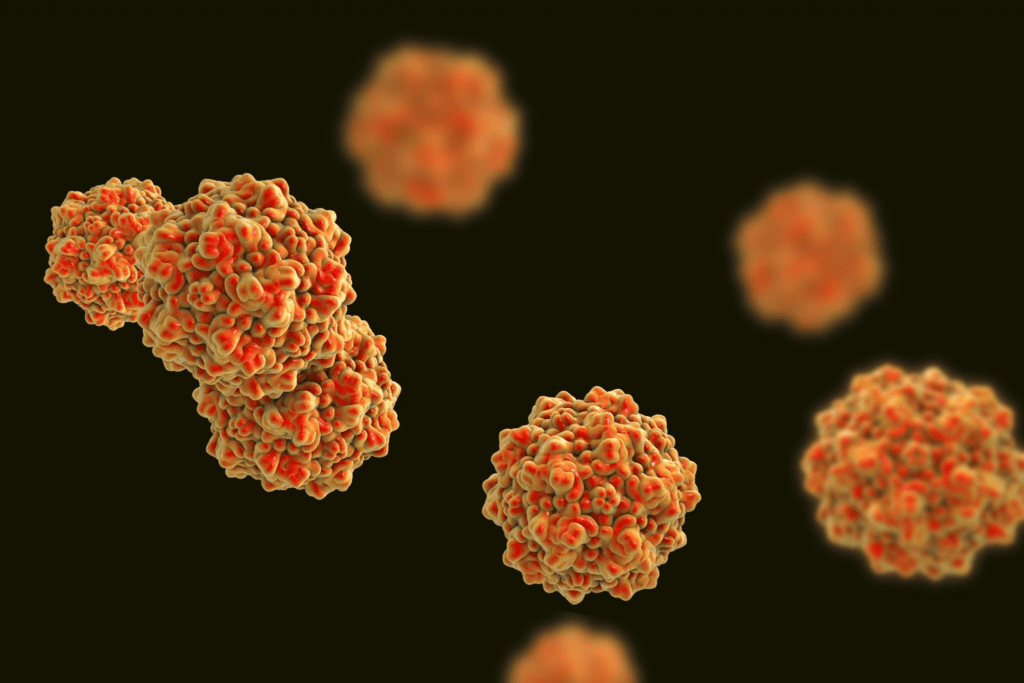The alert warns that the virus is spreading more widely in the U.S. than usual. Common symptoms include “slapped cheek” rash in children, and joint pains in adults.

The U.S. Centers for Disease Control and Prevention (CDC) has issued an alert about the rise of Parvovirus B19, a respiratory virus known for causing a distinctive “slapped-cheek” rash. The alert warns that the virus is spreading more widely in the U.S. than usual.
Although there is no routine surveillance for Parvovirus B19 in the U.S., several indicators point to increased transmission. Doctors have observed an unusual number of parvovirus-related complications, particularly among two high-risk groups: pregnant individuals and patients with blood disorders. As of June, laboratory data suggested that approximately 10% of the U.S. population—and 40% of children aged 5 to 9—had recently been infected, as evidenced by the presence of antibodies in their blood.

What is Parvovirus B19?
Parvovirus B19 is a common respiratory illness that typically causes “mini-outbreaks” every three to four years, according to the National Library of Medicine (NLM). In developed countries like the U.S., most people contract the virus at some point in their lives, often during childhood. The NLM notes that up to 10% of children contract Parvovirus B19 by age 5, and about half of all people have been infected by age 20.
This virus only affects humans and is different from the parvovirus that affects pets. Like other respiratory viruses, Parvovirus B19 spreads from person to person through respiratory droplets, such as those expelled when an infected person coughs or sneezes.
Most cases of Parvovirus B19 are mild or even asymptomatic. When symptoms do occur, they typically begin with fever, headache, cough, and sore throat. As the illness progresses, additional symptoms may appear, including the characteristic red facial rash, known as the “slapped-cheek” rash, which is more common in children than adults. Some people may also develop a rash on the torso, limbs, and buttocks.
Joint pain is another potential symptom, particularly in adults. In some cases, joint pain may be the only symptom and can persist for weeks or even months after the initial infection.
Is Parvovirus B19 Serious?
Most people who are otherwise healthy recover from Parvovirus B19 without needing treatment. However, certain groups are at risk of complications. Individuals with blood disorders or weakened immune systems may develop severe anemia—a significant reduction in red blood cells—if they contract the virus. Pregnant individuals who become infected may pass the virus to their fetus, which can cause fetal anemia and increase the risk of miscarriage or stillbirth. Those in these high-risk categories should seek medical attention if they suspect they have Parvovirus B19.
Symptoms
Some people who get infected with this virus will have no symptoms.
When symptoms of parvovirus B19 infection occur, they are usually mild and may include the following:
- Fever
- Headache
- Cough
- Sore throat
- Rashes
- Joint pain
- Rashes
What Should You Do During the Parvovirus B19 Outbreak?
There is currently no vaccine to prevent Parvovirus B19, so the best way to reduce your risk of infection is through good hygiene practices. This includes frequent hand washing, regularly cleaning commonly touched surfaces like doorknobs, and avoiding close contact with individuals who are ill. According to the CDC, people are most contagious during the early stages of the illness, before the rash or joint pain develops.
During the current outbreak, the CDC advises those working in high-risk environments, such as schools and daycare centers, or those at high risk of complications, to consider wearing a mask for added protection.
